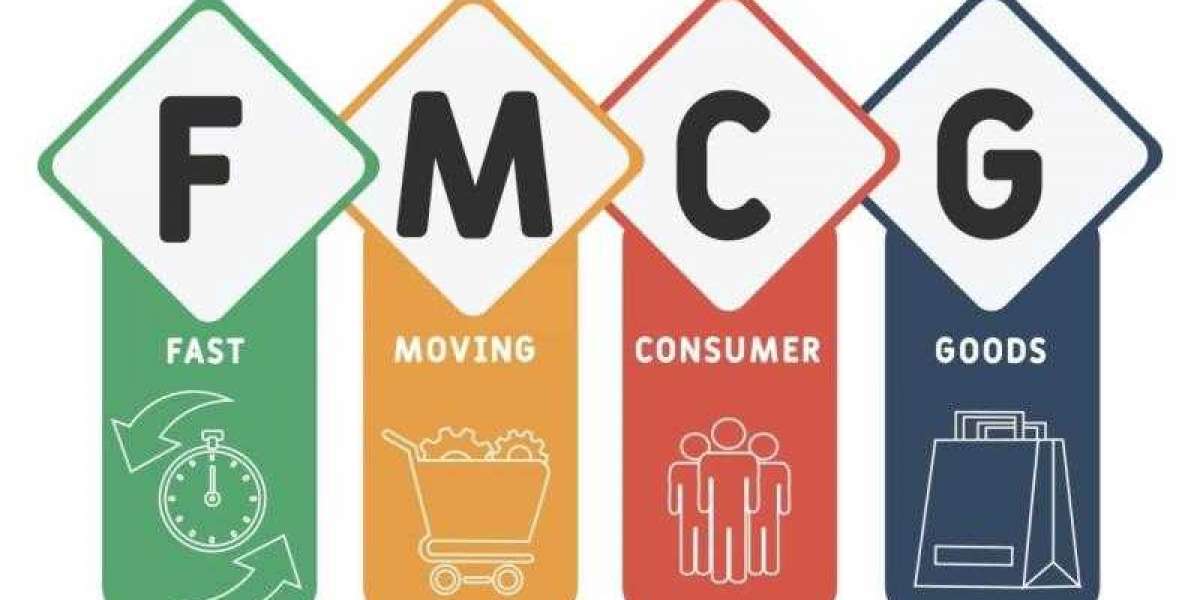Introduction:
Erectile Dysfunction (ED) is a prevalent medical condition that affects millions of men worldwide, yet it remains shrouded in misunderstanding and stigma. This article aims to demystify ED by providing an in-depth exploration of its causes, symptoms, diagnosis, and available treatments. By shedding light on this often taboo topic, we empower individuals to seek help, foster open communication with healthcare professionals, and reclaim their sexual health and well-being.
Understanding Erectile Dysfunction
ED, commonly known as impotence, refers to the consistent inability to achieve or maintain an erection sufficient for sexual intercourse. While occasional difficulty with erections is normal, persistent issues may indicate an underlying health concern. Contrary to popular belief, ED is not solely a result of aging. It can affect men of all ages, albeit its prevalence increases with age.
Causes of Erectile Dysfunction
Numerous factors can contribute to ED, ranging from physical to psychological and lifestyle-related issues. Physical causes may include cardiovascular diseases, diabetes, hormonal imbalances, neurological disorders, and certain medications. Psychological factors such as stress, anxiety, depression, and relationship problems can also play a significant role. Additionally, lifestyle choices such as smoking, excessive alcohol consumption, substance abuse, and obesity can exacerbate ED.
Symptoms and Signs
The primary symptom of ED is the inability to achieve or sustain an erection. However, it's essential to recognize that occasional instances of difficulty do not necessarily indicate a chronic problem. Persistent challenges with erection, reduced sexual desire, and feelings of inadequacy or embarrassment during intimate moments may signify underlying ED.
Diagnosis
Diagnosing ED typically involves a comprehensive medical evaluation by a healthcare professional. This assessment may include a detailed medical history, physical examination, laboratory tests to assess hormone levels, and possibly imaging studies to evaluate blood flow to the penis. Additionally, psychological assessments may be conducted to identify any underlying mental health concerns contributing to ED.
Treatment Options
Fortunately, several effective treatment options are available for ED, ranging from lifestyle modifications to medical interventions. Lifestyle changes such as regular exercise, a balanced diet, smoking cessation, and moderation of alcohol consumption can significantly improve erectile function. Counseling or therapy may be beneficial for addressing underlying psychological issues contributing to ED.
Medications such as phosphodiesterase type 5 (PDE5) inhibitors, including sildenafil (Viagra), tadalafil (Cialis), and vardenafil (Levitra), are commonly prescribed to enhance erectile function by increasing blood flow to the penis. These medications are generally safe and well-tolerated but may cause side effects such as headaches, flushing, nasal congestion, and indigestion in some individuals.
In cases where medications are ineffective or contraindicated, other treatment options such as vacuum erection devices, penile injections, or surgical implants may be considered. These interventions aim to facilitate erections by mechanically or surgically enhancing blood flow to the penis, providing viable alternatives for individuals who do not respond to conventional therapies.
Addressing Psychological Factors
Given the significant influence of psychological factors on erectile function, addressing underlying mental health concerns is crucial in managing ED effectively. Counseling, therapy, or couples' counseling can help individuals and their partners explore relationship dynamics, improve communication, and develop coping strategies to alleviate stress and anxiety related to sexual performance.
The Role of Partner Support
Support from partners plays a vital role in coping with ED. Open communication, empathy, and understanding can foster a supportive environment where individuals feel comfortable discussing their concerns and seeking help. Partners can actively participate in treatment decisions, provide emotional support, and explore alternative ways to maintain intimacy and connection beyond penetrative sex.
Breaking the Stigma
One of the most significant barriers to seeking help for ED is the stigma and embarrassment associated with the condition. Many men feel ashamed or emasculated by their inability to perform sexually, leading to avoidance of seeking medical assistance. However, it's essential to recognize that ED is a medical condition like any other and seeking help is a sign of strength, not weakness.
By promoting open dialogue and raising awareness about ED, we can break down the stigma surrounding the condition and encourage individuals to prioritize their sexual health. Education, public campaigns, and community support initiatives can play a crucial role in dispelling myths, challenging stereotypes, and fostering a culture of acceptance and support for those affected by ED.
Conclusion
Erectile Dysfunction is a common and treatable medical condition that affects millions of men worldwide. By understanding its causes, symptoms, diagnosis, and treatment options, individuals can take proactive steps to address ED and reclaim their sexual health and well-being. Through open communication, support from healthcare professionals, and the support of partners and peers, individuals can overcome the challenges posed by ED and enjoy fulfilling and satisfying intimate relationships. It's time to demystify ED and break the silence surrounding this prevalent yet misunderstood condition.









